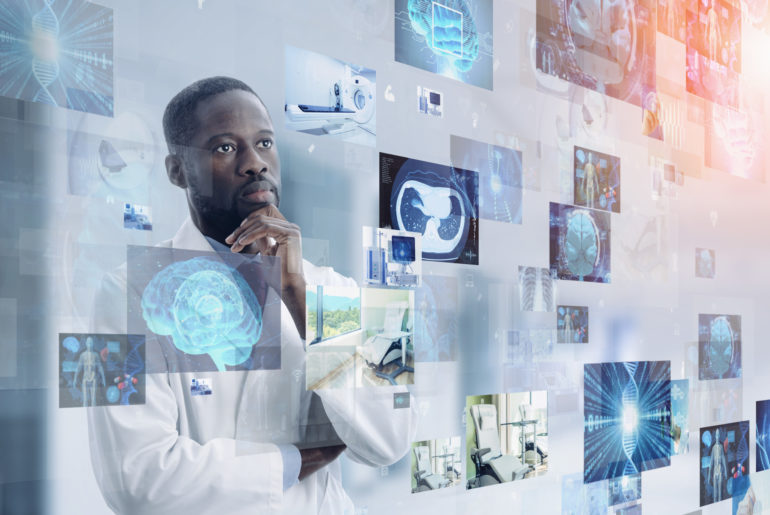Explore IDC’s Future of Work predictions for 2022 and beyond, from the latest IDC FutureScape.
Explore IDC’s FutureScape, where the top 10 worldwide Future of Connectedness predictions are shared.
IDC reveals its top 10 Future of Intelligence predictions for 2022.
Explore the top 10 predictions for the Future of Digital Innovation from IDC’s 2021 FutureScape.
IDC looks to 2022 and beyond with its top 10 predictions for the Future of Digital Infrastructure.
Learn how to contribute to better business outcomes through improved employee experience with IDC’s Holly Muscolino.
Discover the strategies and technologies needed to digitally transform into a Future Enterprise and thrive in the digital-first world we live in with IDC’s Sandra Ng and Rick Villars.
Discover the technologies that are creating a touch-free, customer-centric omnichannel experience and improving business outcomes for retailers.
Discover how the healthcare industry is digitally transforming to continuously survive any future disruptions with IDC’s Mutaz Shegewi.








